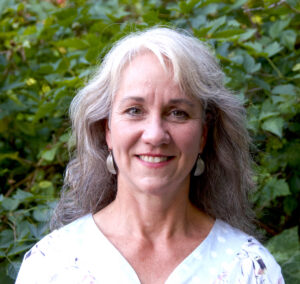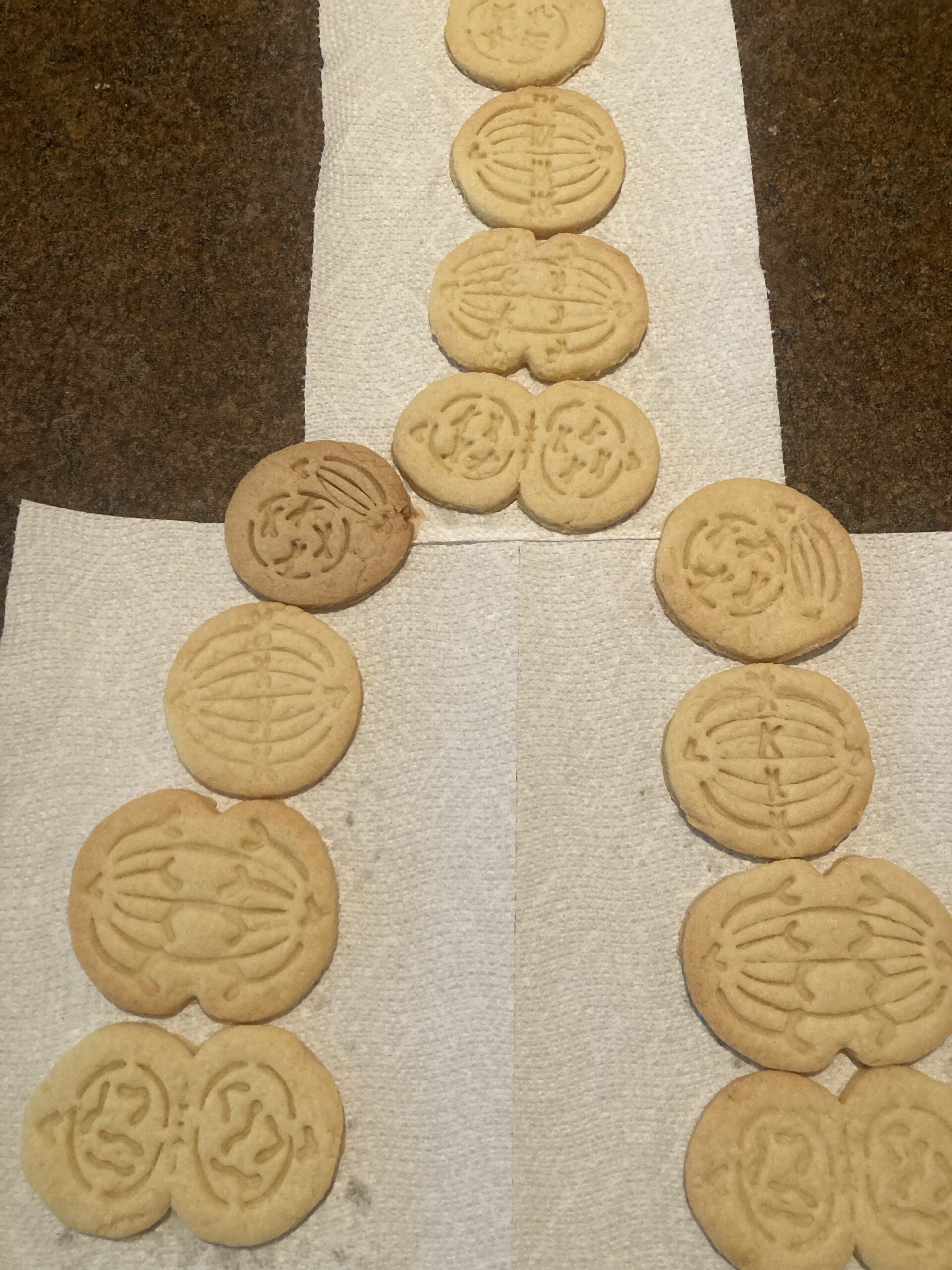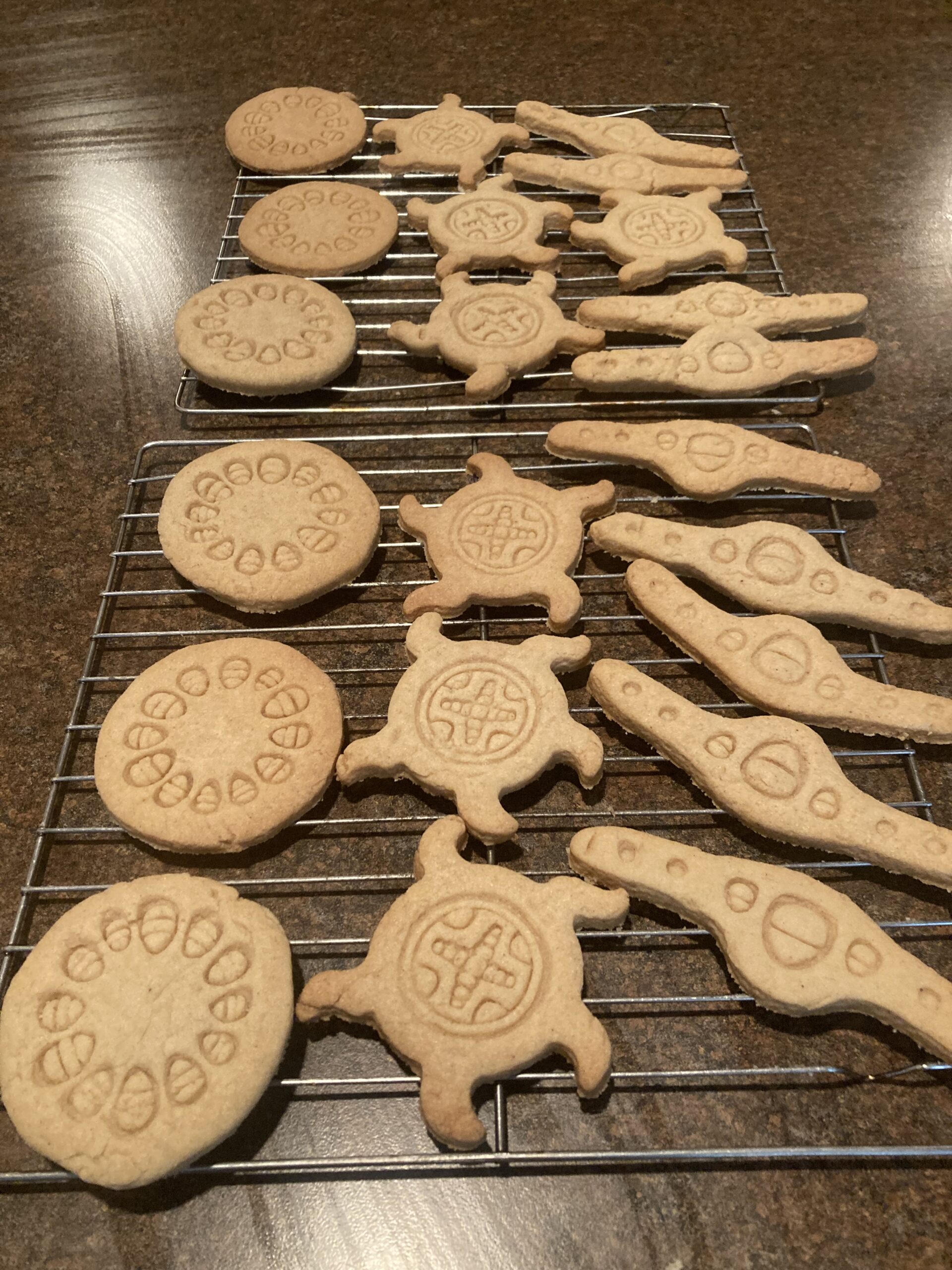
Interview summary by Natalie Ward, Teaching and Learning Faculty Developer, Centre for Teaching and Learning Innovation
NIC’s Centre for Teaching, Learning, and Innovation staff conduct interviews with instructors to explore the perspectives and insights they have about quality teaching and learning. NIC embraces the diversity of approaches each instructor takes as they cultivate a supportive environment tailored to their program and student needs. These interviews share how North Island College is making quality student learning a priority.
Sandra has been teaching biology full-time at NIC since 2003. Her three degrees are in the fields of toxicology and neuroscience. She is now a “generalist,” naturalist and life-long learner.
Question 1: what strategies do you employ on day 1 of your class to build a cohesive class environment?
The preparation for a cohesive class starts well before day 1. The course is set-up and ready for the students to explore in advance. Students receive an email before class encouraging them to familiarize themselves with the organization and content for the course. These emails also engage students by including links to recent discoveries or fun videos that celebrate a course topic. In doing all this, I hope that on day 1 students are feeling comfortable, supported, prepared, and excited to learn.
I also include a “Meet Your instructor” video, and a “Welcome to the Course” video so students can ease themselves into the course at their own pace. In the Welcome video, I introduce the science of learning, what it is and how to do it. I will explain what they can do outside class to get the practice and repetitions necessary to build and strengthen synapses in the brain. With a background in the neurophysiology of learning and memory, I know the importance of using different types of learning activities and the benefits of making the learning fun and relevant so that it is easier for students to apply and make changes in the brain.
On the first day, I’ll learn students’ names and ensure they sit where they can connect with other students since they’ll be working together. After briefly introducing myself, I have students pair up to learn about each other. Students will repeat again with someone else, so the students can start to build community. In the lab we will do this again, which gives each student three social connections early in the course. We’ll do 2-3 other “think-pair-share” questions about strategies for learning, and favourite topics. After a course content introduction, we have some time left to dive into the learning.
Question 2: if we walked into your classroom and students were engaged and actively learning, what would that look like?
When students arrive in class, they pick up a small white board, marker, and eraser. In the classroom, students are typically interacting with the material for the first time. As they are hearing and seeing the information, they are drawing pictures, and filling in blanks in their class notes. Every 5-10 minutes is a series of review questions about what we just covered where students answer the questions using their whiteboard. In this way, students are actively engaged, and I can see if that concept was understood. If a student doesn’t engage in a class, I’ll chat with them about the reasons.
In my class, the teaching is about storytelling. I encourage students to visualize and to think in 3D by using props whenever possible. In anatomy and physiology, students get up out of their seat and use their own bodies to learn.
Another learning strategy I use is an activity like a Battle of the Books. In Battle of the Books teams complete a reading list of 10 books and answer related trivia questions. We will do a Battle of the Hormones or a Battle of the Muscles. These strategies involved everyone physically participating. In biology, the physicality of teaching is important for understanding and memory.
Question 3: can an instructor be certain that quality student learning is taking place in their classroom?
Well aligned quality assessment throughout the course is invaluable, however quality learning lasts beyond the final day of the course. BC graduate student survey results indicate that students who went on to complete 3rd and 4th year university studies were both happy with their education at NIC and felt that they received quality instruction. I receive emails from past students proudly sharing what career path their NIC education helped them to achieve. Scaffolding and building on prerequisite content are instrumental in learning science. If students complete their educational path or finish their degree, that is feedback that quality student learning took place.
In addition, we see our students in the community, doing the work for which their education prepared them. Students will often say things like “I loved your class… I still remember when you said…”. To me, that means they not only learned the prerequisite material to be successful in their higher-level classes (allowing them to earn their degrees) but also that they remembered what they learned many years later.
Question 4: in what ways do you integrate technology to support student learning?
Brightspace is the course home, and each chapter has a page with practice activities, practice quizzes, and links to useful resources such as Crash Course, Khan Academy, Amoeba Sisters, and other animations that show multistep processes very clearly. Students shouldn’t have to spend time looking elsewhere for basic content information and I ask them to let me know if they do so I can fill that gap. I provide a separate section of interesting links so they can dive deeper if desired. In surveys, students have said Brightspace provides many resources beyond the text and therefore they had options for the type of content they wanted to engage with for their learning. In the classroom, short videos that summarize what we’ve just covered together are used. I’ve used Socrative but for in person learning I find I can accomplish the same with white boards. I have many different props to use in the classroom to provide 3D modalities. These props are detailed, anatomically correct and create a fun environment for students to learn and make connections.
Question 5: what is a favourite learning technology resource that you have used in your teaching?
 It is very helpful to learn biology in a hands-on way therefore the “technology” I use is mostly “props”. I believe it’s easier to remember images and 3D objects over words, and even easier if some emotional reaction takes place (having fun)! The props allow students to make connections to real life experiences or objects they are already familiar with.
It is very helpful to learn biology in a hands-on way therefore the “technology” I use is mostly “props”. I believe it’s easier to remember images and 3D objects over words, and even easier if some emotional reaction takes place (having fun)! The props allow students to make connections to real life experiences or objects they are already familiar with.
Below is a highlight of a few props:
- Cookies! Bakerology is an amazing site for very detailed cookie cutters such as plant histology, mitosis and meiosis, a brain, and a heart. They are all anatomically correct and provide a fun wayto learn about different structures, or to arrange the cookies in the correct order. The plant histology cookies have been a real hit with students! They can be eaten but some students save them so they can pull them out every time they are studying the material. Cookies can be used to learn the steps and order of cellular reproduction.

- I use the students’ bodies as learning tools. I have them touch and move their body to identify body regions, bone locations and muscle actions.
- Other hands-on resources include bead necklaces which can represent proteins and polysaccharide structure. Giant Microbes is a unique, educational site for ordering science themed stuffed models. I use these many times in the course to remind students of specific cell shapes and how to relate shape to function. An inflatable toy can be used to demonstrate afterload and peripheral resistance.
- Students seem to love all the hands-on props. They say they remember the names of cells for which they’ve seen the stuffy and know its “story”. In biology, there are basic concepts that are discussed over and over and using props provides a fun way for students to make connections.
Question 6: What are you currently engaging with (reading, watching, learning about…) that inspires you?
I have been engaging with bird intelligence and have given five public talks on this topic over the course of the past year. Bird intelligence serves as an excellent demonstration of the youth of science, as well as the depth of knowledge yet to be researched about other species. This past summer, I facilitated a bird identification workshop at MARS Wildlife Rescue Centre. In addition, I have been giving presentations to Elder College as well as other community groups.
The area of bird neuroscience is relatively new and therefore the workshops and presentations have been a fun way to share this innovative area of popular science. It has only been about 20 years since we have comprehended the basic anatomy of the bird brain and remarkably, birds often exhibit greater intelligence compared to non-human primates. As an example, chickadee language has syntax that is believed to be far more advanced than other non-human primates.
Question 7: How would your peers and/or students describe you as an instructor?
In course surveys the word “enthusiasm” is probably the top descriptor. Other common phrases include “tells funny stories relating the content to real life” as well as “fun” and “hands on activities and games made it fun”. I identify the areas that students tend to find more challenging and provide students with support in those areas. Students have shared that they have appreciated the tips provided for remembering harder concepts such as drawings.
Question 8: Choose one person who has influenced you in your teaching career? Why did you choose them and what are some of their characteristics that you work to embody?
Kimberly Tanner is a neuroscientist who specializes in biology education, and she was a keynote speaker at a VIU Teaching and Learning conference I attended about seven years ago. A key takeaway from the presentation was that students must build the synapses in their brains. Our students might enjoy our entertaining stories, but they need to make their own relevant stories and their own meaningful connections. I continuously strive to make changes in my classroom with this in mind. In addition, it has motivated me to create more “quick presentation” activities, where students are given a tiny bit of course content to present on their own (for example, one muscle action). These types of activities have also helped to build community as students encourage each other.
Question 9: What inspires you to keep growing as a teacher?
I continually want to improve so I am always making changes as I go. I can always find ways to include more meaningful connections, innovations, or incorporate a recent news item. I am constantly enhancing my course week to week each year.
Question 10: How do you encourage student curiosity and motivation?
To foster curiosity in students, I like to engage them by posing thought-provoking questions such as “what is missing from this explanation?”, “what knowledge is needed to better understand this process” or “how can we, as humans, do this better”. I will share a video related to the class content while students are coming into the class to generate some initial discussion. I also like to prompt students to think about the future with questions such as “what current practices do you think we currently engage in that may be considered silly in the future” or “what would you like to see differently in 30 years”. The creative ideas that students come up with are amazing!
I ask each student what their chosen career path is so I can remind them why they are here, or how this knowledge will help them in their future job. I get them to think about their dream job (the big carrot) and how it takes many small steps to get there. Whenever possible, I will include some information about a career related to that topic.
